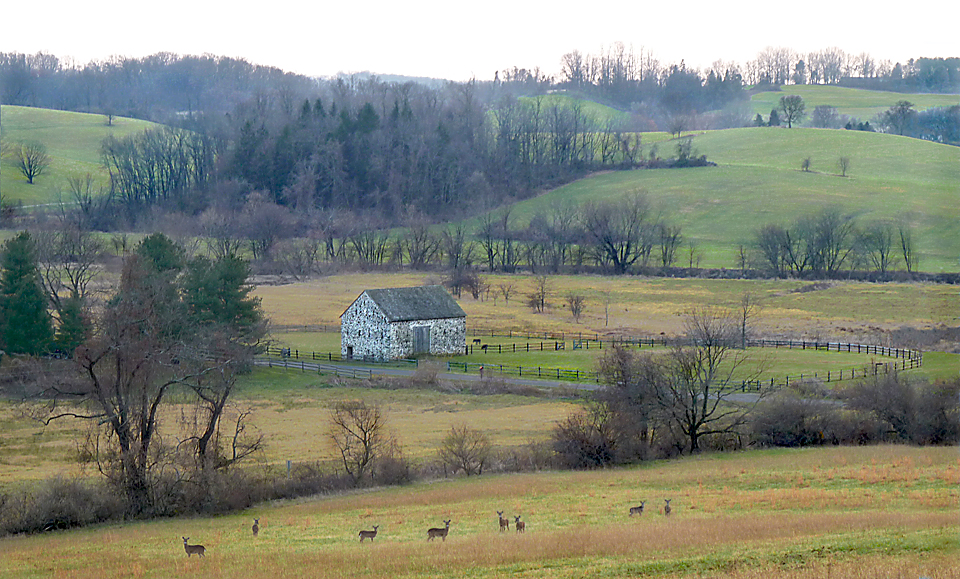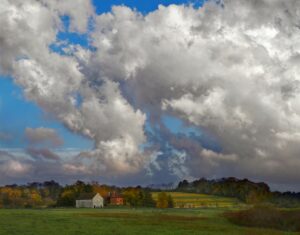
"I have often been impressed with the fact that many of the descendants of Friends....[express pride] that some of their ancestors violated one of the most vital doctrines of their religion by taking up arms in a supposed good cause.”
Gilbert Cope, from an address made on Nov. 20th, 1902.
On September 9th, 1777, Gen. Washington found himself in the midst of a bucolic countryside along the Brandywine, its scattered homes preoccupied with the chores of baking day, with the smoke of fires blending into the gray morning fog.
Most historians agree that the peaceful setting hardly foreshadowed the impending doom and what some call the “fog of war.” The expression points to the expected confusion of any battlefield, but Washington’s “fog” was compounded by numerous challenges rooted in conflicting reports of British troop movements as well as Washington’s lack of local resources.
As many histories relate, matters were made worse by the general’s distrust of the local Quakers. Unlike New England, or even the southern colonies such as Virginia where Patrick Henry presented his now famous “Give me liberty or give me death” address to the House of Burgesses, the Brandywine Valley was not a hotbed of patriotism.
In many ways, local residents wanted to preserve the status quo, especially if they played a part in creating a region known as the “butter belt” and “breadbasket of the colonies". The Brandywine Valley owed its
success to such natural resources as waterpower, limestone, and iron ore, and to the innovations of the Quaker farmers, who developed pioneering agricultural tools and
farming implements.
A glimpse of what the colonial valley may have looked like may be found today in the Taylor-Cope Historic District (1987),
photographed here.
The hilltop view shows the Abiah Taylor barn on Creek Road. It is the oldest barn of its type in the nation. The nearby Taylor home is the oldest extant brick house in Chester CountyTaylor could afford bricks instead of the usual stone partly because of his successful mill, built in 1719 on the Taylor Run.
Along with Trimble’s Mill and the Marshall mill, both established on the Broad Run, these mills were among the earliest the region and the latter two mills were the longest-running operations in West Bradford Township.
The historic district was named for the Taylors and their neighbors, the Copes, who developed enterprises around the historic Cope’s Bridge, a stone-arch bridge that still spans the Brandywine along the Strasburg (Rt. 162).
Both families were typical of the county's prosperous Quaker farmers, who mystified Gen. Washington for their seemingly contradictory stance. Many of the Quakers here came across as being either indifferent to the British invasion or “more loyal to the King than all the others” as the Hessian captain, Heinrich Von Feilitzsch, described the Quakers.

